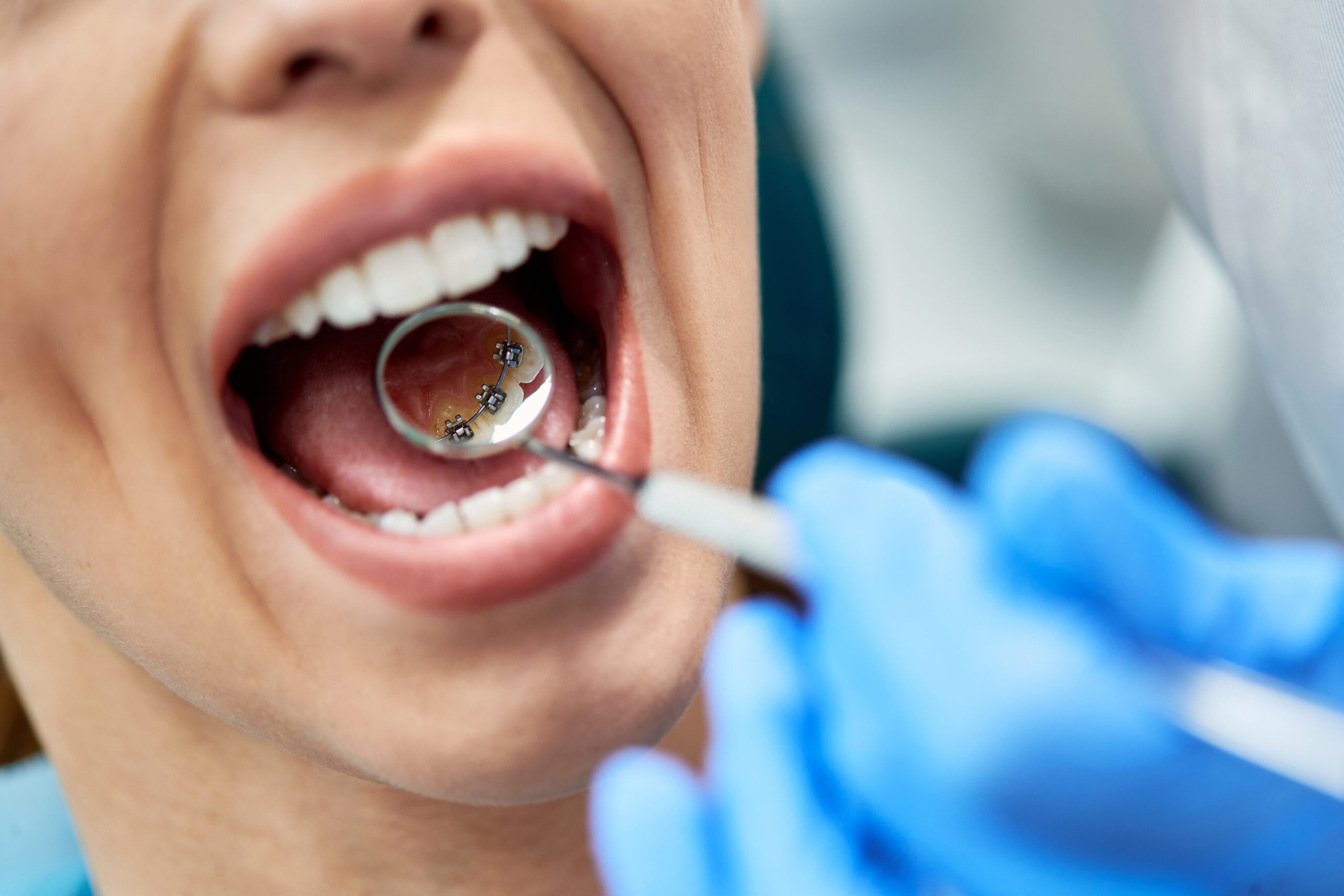Some Of Legacy Orthodontics
Some Of Legacy Orthodontics
Blog Article
The Ultimate Guide To Legacy Orthodontics
Table of ContentsSome Known Details About Legacy Orthodontics Not known Factual Statements About Legacy Orthodontics The Best Strategy To Use For Legacy OrthodonticsWhat Does Legacy Orthodontics Mean?The Single Strategy To Use For Legacy Orthodontics
In enhancement, we supply adjustable therapy schedules, versatile repayment alternatives and an enjoyable, pleasurable experience.An orthodontist is a dentist educated to detect, avoid, and deal with teeth and jaw abnormalities. Orthodontists work with individuals of all ages, from children to grownups.
Malocclusion, or misaligned teeth, can result in oral concerns, including dental caries, gum illness, and difficult or agonizing chewing. Yet not everybody is birthed with straight teeth. If you have a poor bite or large rooms between your teeth, you might want to speak with a dental practitioner focusing on orthodontic treatment.
The smart Trick of Legacy Orthodontics That Nobody is Talking About
( Photo Credit History: DigitalVision/Getty Images) Orthodontists use dealt with and detachable dental devices, like dental braces, retainers, and bands, to transform the setting of teeth in your mouth. Orthodontic therapy is for oral problems, including: Uneven teethBite troubles, like an overbite or an underbiteCrowded teeth or teeth that are also far apartJaw misalignmentThe objective of orthodontic therapy is to improve your bite.
A healthy and balanced bite guarantees you can eat, eat, and speak properly. While you could think about orthodontists as mostly for children or teens who require braces, they can fix dental issues at any kind of age. Orthodontists participate in college, oral institution, and orthodontic school. After graduation, they invest 2 or 3 years in an orthodontic residency program.
, but not all dental professionals are orthodontists. They focus on 2 areas: Exactly how to correctly and securely move teeth How to appropriately lead advancement in the teeth, jaw, and faceOnce an orthodontist has finished training, they have the alternative to come to be board certified.
Getting My Legacy Orthodontics To Work
Misalignment, or malocclusion, is one of the most usual reason people see an orthodontist. It is hereditary and is the result of size differences between the upper and lower jaw or in between the jaw and teeth. Malocclusion leads to tooth congestion, an askew jaw, or uneven bite patterns. Malocclusion is usually treated with: Your orthodontist connects metal, ceramic, or plastic square bonds to your teeth.
If you have just small malocclusion, you might have the ability to utilize clear braces, called aligners, as opposed to conventional braces (https://padlet.com/brianmccune20176/legacy-orthodontics-oaq8ob5ieez4famy). Some individuals need a headwear to help relocate teeth right into line with stress from outside the mouth. After dental braces or aligners, you'll need to put on a retainer. A retainer is a customized gadget that keeps your teeth in area.
They're frequently used on youngsters. They can develop added space in the mouth without needing to draw teeth. If you have a significant underbite or overbite, you may need orthognathic surgical procedure (also called orthodontic surgery) to extend or shorten your jaw. Orthodontists utilize cords, surgical screws, or plates to sustain your jaw bone.
You might need to see an orthodontist if you have: Crowding or otherwise enough area for all of your teethOverbite, when your upper teeth come your bottom teethUnderbite, when your base teeth are also much forwardSpacing or issues with gapsCrossbite, which is when your upper teeth fit behind your base teeth when your mouth is closedOpen bite or an upright void between your front bottom and top teethMisplaced midline, when the facility of your bottom and top teeth do not line up Dealing with an oral malocclusion can: Make biting, eating, and talking easierImprove the symmetry of our face and your general appearanceEase discomfort from temporomandibular joint problemsDifferent your teeth and make them much easier to cleanse, aiding protect against dental caries or tooth cavities It's often a dental Discover More Here professional that initially notices misaligned teeth during a regular test.
The Legacy Orthodontics PDFs

During your very first orthodontic assessment, you'll likely have: A dental examPhotos taken of your face and smileDental X-raysPanoramic (360 level) X-rays of your face and headImpressions to produce mold and mildews of your teethThese examinations will certainly aid your orthodontist know how to wage your therapy. leesburg braces. An orthodontist is a dental expert that's had training to treat your teeth and jaw
An orthodontist is concentrated on your bite, so something like a cracked tooth would certainly be handled by a dental expert. Orthodontists are concentrated on your bite, or the means your teeth fit together, and the straightness of your teeth.
Ever before questioned exactly how stars always appear to have flawlessly lined up teeth? The answer commonly hinges on the skilled hands of an orthodontist. What exactly does an orthodontist do? Orthodontists are oral specialists that concentrate on dealing with abnormalities in the teeth and jaws. Their experience surpasses simply developing a beautiful smile; it prolongs to boosting your overall dental health and function.
The Buzz on Legacy Orthodontics
/assets/images/provider/photos/2686944.jpg)
, orthodontists have a diverse toolkit at their disposal. These tried-and-true dental braces utilize a system of braces bonded to the teeth and attached by cables.
These removable trays are tailor-made to progressively move the teeth's placement. In situations of slim jaws, palatal expanders can be used to create room for appropriate tooth placement.
Report this page